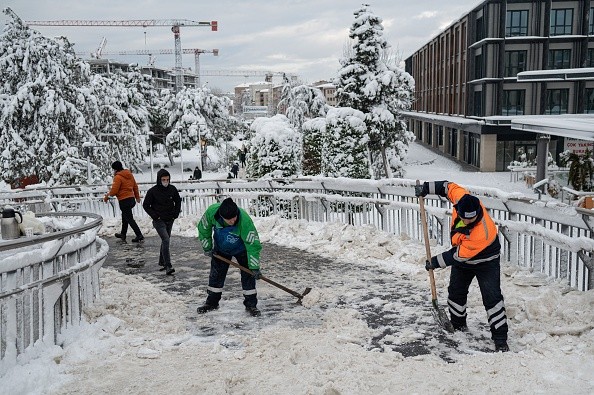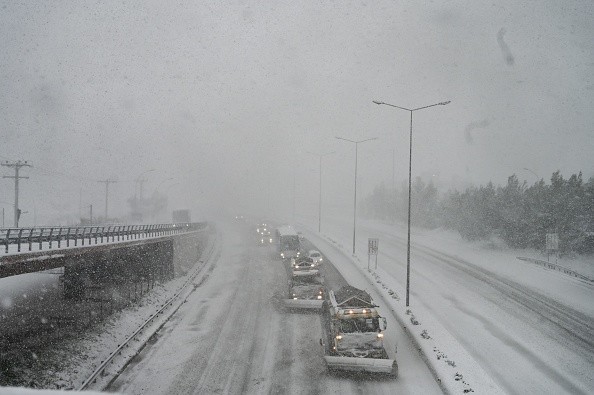This month, the Plains and Upper Midwest have been experiencing swings in temperature and AccuWeather forecasters predicted that it will continue through the end of January and into the beginning of February.
Typically, these extreme changes do not occur in January, said AccuWeather Meteorologist Matt Benz. This month has been full of highs and lows, but the cold has been the most persistent.

Temperature Swings in the Plains and Upper Midwest
Temperatures in Minneapolis and International Falls remain far below normal for January, according to Benz.
There have been six days this month at International Falls where the average January temperature is under 15 degrees Fahrenheit, yet the monthly departure is still 8.2 degrees below normal, as per AccuWeather.
On Tuesday, it was 7 degrees below zero, making it the seventh day in a row that the thermometer didn't rise above freezing.
The city of Minneapolis has performed marginally better, but not by a great deal. One degree above usual for New Year's day, which is 24 degrees below average.
In the meantime, two days in January have exceeded 40 degrees Fahrenheit. The average temperature in the Twin Cities is 6.1 degrees lower than normal as of January 27.
Also Read : Scientists Detect Rapid Temperature Fluctuations in Black Hole 'Winds' for the First Time
Brief Warmup Following a Frigid
Benz said, "Many places in the northern Plains have had 30-, 40- or even 50-degree changes over just a day or two at multiple times this month," according to Yahoo News
After a chilly Tuesday, the weather warmed up a bit on Wednesday. In Grand Forks, North Dakota, the temperature rose from 5 degrees below zero on Tuesday to 34 degrees on Wednesday.
On Thursday, the mild air was suddenly overtaken by a blast of frigidity. At midday on Thursday, temperatures in Grand Forks were in the single digits, but by Thursday evening, they had fallen well below zero.
The temperature can go up and down in a day or even in an hour. The causes of this temperature swing are many and the factors that affect it are varied. The swing in temperature is seen when there is a change in the temperature of the atmosphere by more than 10 degrees Celsius within a 24-hour period.

The Trend May Stabilize During the Weekend
As Benz pointed out, "massive swings in temperatures will occur through Friday, but it may level off some through early next week."
As January draws to a close, temperatures across the region are expected to be above average thanks to drier air.
Despite the above-average temperatures, another cold wave is forecast to begin in February. For the second time in a week, parts of northern North Dakota might see midday temperatures fall below zero on Wednesday.
In the Plains and Midwest on Tuesday and Wednesday, a significant snowstorm is expected to accompany the return of freezing temperatures.
Related Article : Water Temperature Continues to Rise with Ocean Fever; Climate Change Worsens the Situation
For more news, updates about temperature swings and similar topics don't forget to follow Nature World News!
© 2026 NatureWorldNews.com All rights reserved. Do not reproduce without permission.





